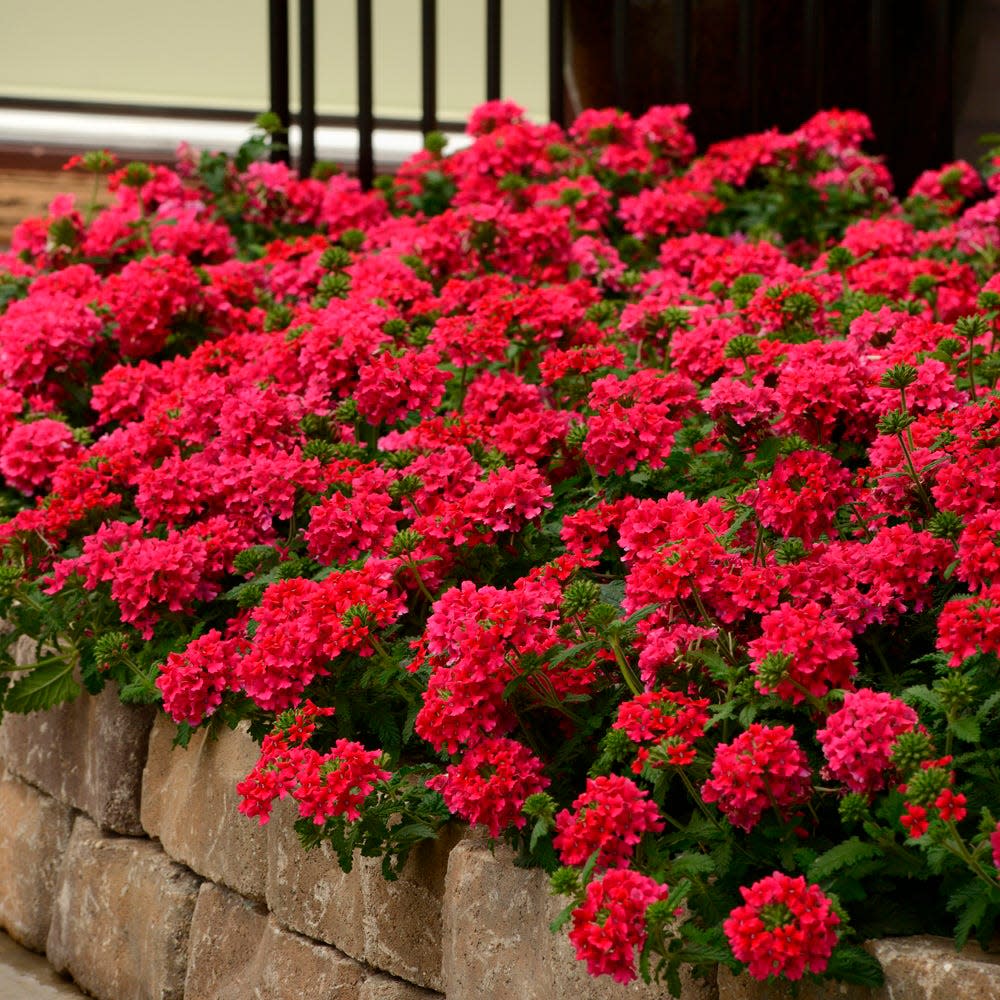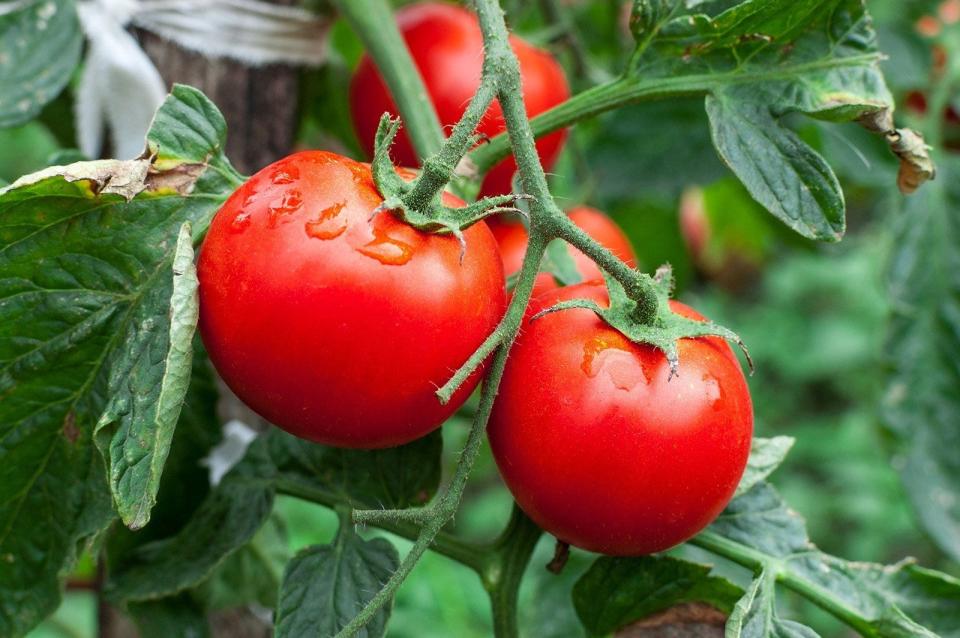Gardening: Eager to plant veggies and flowers? Here's what you need to know

For most gardeners in Greater Columbus, late May is like that Christmas song that muses: "It’s the most wonderful time of the year."
It's when we can safely plant the warm-season vegetables that so many Ohio gardeners live for, as well as the tender annual flowers that will fill our home landscapes with an explosion of color all summer long.
Some gardeners like to take advantage of the first warm days of late April and early May to plant annual flowers such as geraniums, petunias and begonias, and warm-season vegetables such as tomatoes, squash, corn and beans. Other gardeners like to plant by the calendar date each year.

The seasoned gardener evaluates ever-changing weather and soil conditions each spring in order to determine the optimum time frame to plant these crops each spring, which this year will occur in late May.
Gardening: Quick to bear fruit, strawberries a well-suited addition to home gardens
Three factors dictate planting date
Gardeners who plant warm-season vegetables and tender annual flowers outdoors need to consider three factors to determine the most appropriate time to plant: soil temperature, air temperature and soil moisture. Every spring is different and the optimum time to plant these crops changes each year based on ever-changing weather patterns.
For vigorous growth, warm-season vegetables and tender annual flowering plants need daytime temperatures to be above 60 degrees consistently with little chance of overnight frost.

While the average date of the last spring frost in Greater Columbus is April 28, frost has occurred in late May in Greater Columbus in some microclimates.
Soil temperatures must be above 60 degrees for proper root development of transplants and optimum germination of most vegetable seeds. Some vegetable crops such as beans, squashes, pumpkin and cucumber require soil temperatures closer to 70 degrees for maximum germination. Soil temperatures reached 70 degrees at 2 inches deep for the first time this spring last week in Columbus.
Soil moisture levels are also important to achieve effective seed-to-soil contact and to prevent seeds from rotting before they germinate. Soil moisture also dictates when soils should be cultivated and can support foot traffic by gardeners. Working soils when they are wet or even walking on wet soil can cause compaction, which will negatively affect root growth and crop yields for many years.
While the top few inches of soil may appear to be dry enough to support foot traffic, the excess rainfall received throughout Columbus in early May has left some soils in the area waterlogged just a few inches below the soil surface.

Gardening: Trees provide more than shade; they also reduce air pollution, create habitats
Eight tips for success with spring gardening
Once you determine the most appropriate time each spring to plant annual flowers and warm-season vegetables, consider these tips to maximize seed germination and plant growth:
1. Loosen the soil when planting for maximum seed-to-soil contact and to promote proper root development of transplants.
2. Add organic matter such as compost or aged manure to the soil in order to provide some nutrients for germination and root growth. Compost will also improve the drainage of heavy clay soils and increase the moisture retention of sandy soils.
3. Always plant the right plant in the right place. Shade-loving flowers such as impatiens will not thrive when planted in full sun locations, and most warm-season vegetables such as tomatoes should be planted only in full-sun locations for maximum plant growth and yields.
4. Be sure to rotate the location of different vegetable families in the garden each year to maximize soil nutrients, improve soil quality and break the cycle of pathogens in the soil which lead to diseases of specific vegetables.

5. Use a starter fertilizer high in phosphorus at planting to stimulate root growth of both seeds and transplants. Use fertilizers higher in nitrogen in subsequent fertilizer applications as nitrogen stimulates growth of leaves and stems.
6. Remove emerged weeds from the planting bed, as weeds compete with cultivated crops for nutrients and soil moisture.
Gardening: What are air plants and how do they grow? We have the scoop
7. Closely monitor soil moisture as well as soil crusting, which can prevent certain seeds from germinating. Most flowers and vegetables require a minimum of 1 to 1 ½ inches of water each week, so be sure to irrigate when precipitation fails to supply adequate moisture.
8. Be prepared to protect tender annual flowers and warm-season vegetable plants if a late-season frost is predicted. Covering plants with fabric row cover, bedsheets or even newspaper will prevent damage from frost.
Mike Hogan is an associate professor at Ohio State University and an educator at the OSU Extension.
hogan.1@osu.edu
This article originally appeared on The Columbus Dispatch: Late May is the time to plant warm-season vegetables, annual flowers

